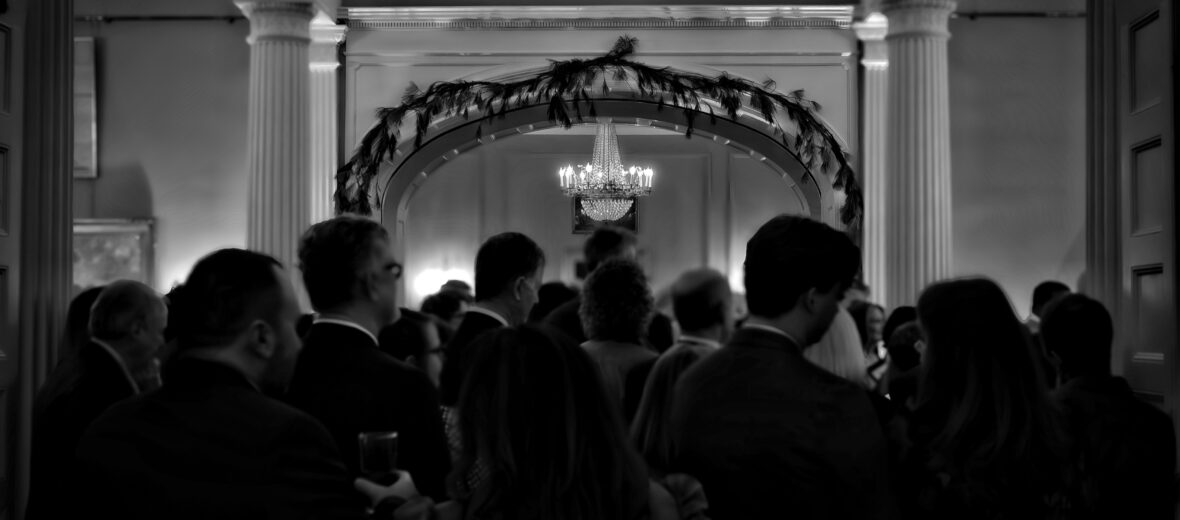
Road from Rural SWVA to Richmond
(Defining Disparity from a Coalfield Town)
Rural America, specifically Central Appalachia, is used to making do with what we’ve got. Many of us don’t know any different. We love our land, our people, and our traditions, but we’re tired. We’re also frustrated. Money flows here through phone calls, emails, and office room deals by decision makers that have never lived here much less spent any time (other than a photo op) in areas they represent. It makes one grateful for those that have lived here and still fight for Southwest Virginia. Our resources are sifted down, recycled, reused. Budgets stretched as thin as powdered milk with local governments sparingly filled with overextended and undervalued employees who work from sunup to sundown.
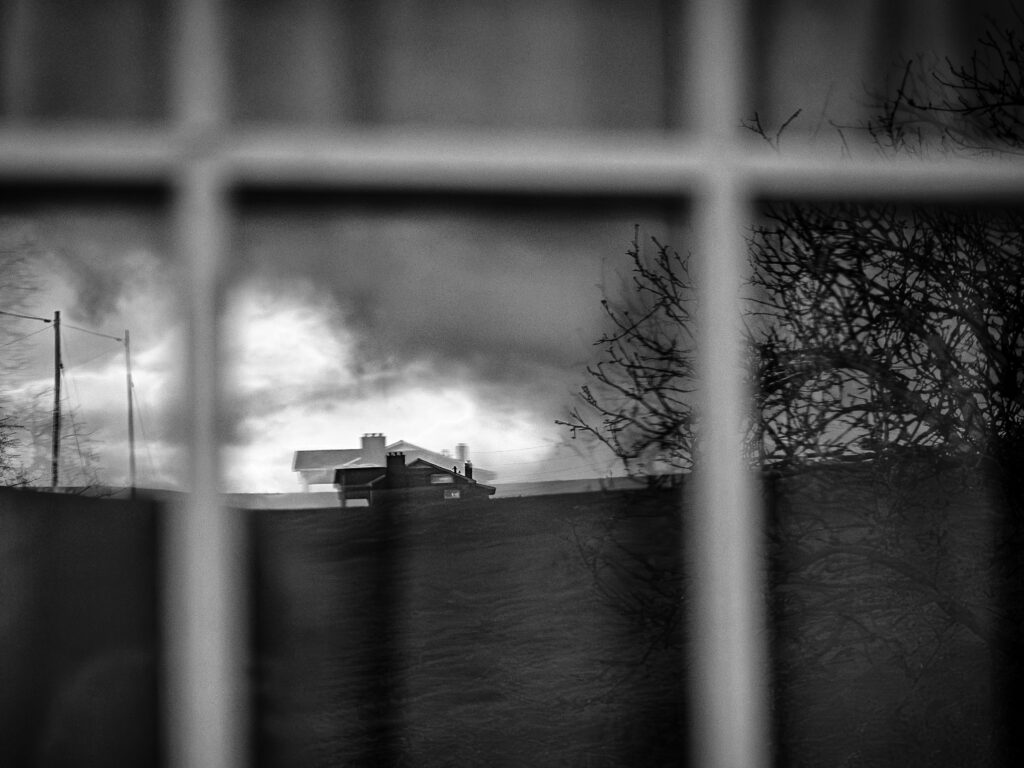
![]()
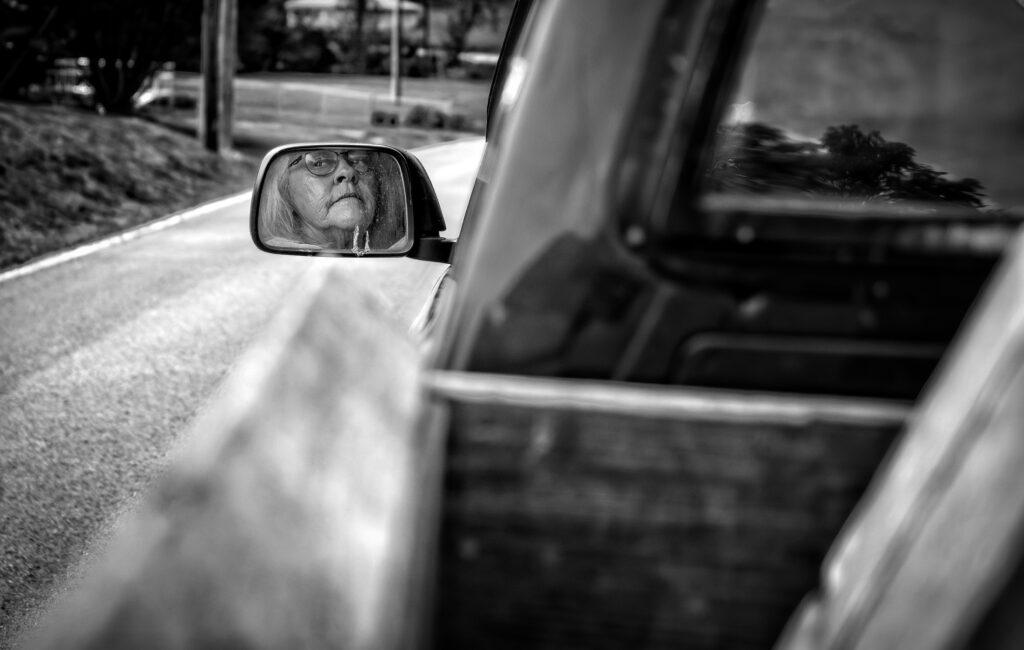
The contrast between our SWVA mountains and the rolling hills of Central and Eastern Virginia is never more clear than traveling east on Highway 81 to our state capital. After a while, the sound of your tires hitting good pavement becomes distinct. The further along you go, dodging potholes the size of your front door isn’t a roadside hazard waiting to happen. There are well-marked lines and fog warning lights. Dante mountain, in Dickenson County, sure could use some of those. Old timers here would tell you we don’t need ‘em, but we ain’t never been used to getting new things. Historically, we ain’t never trusted the government, and, most likely, never will. We have seen the talking points and grand speeches. It’s left us empty and broken as our potholes. Decades of coal trucks have run these roads to the breaking point and then some.
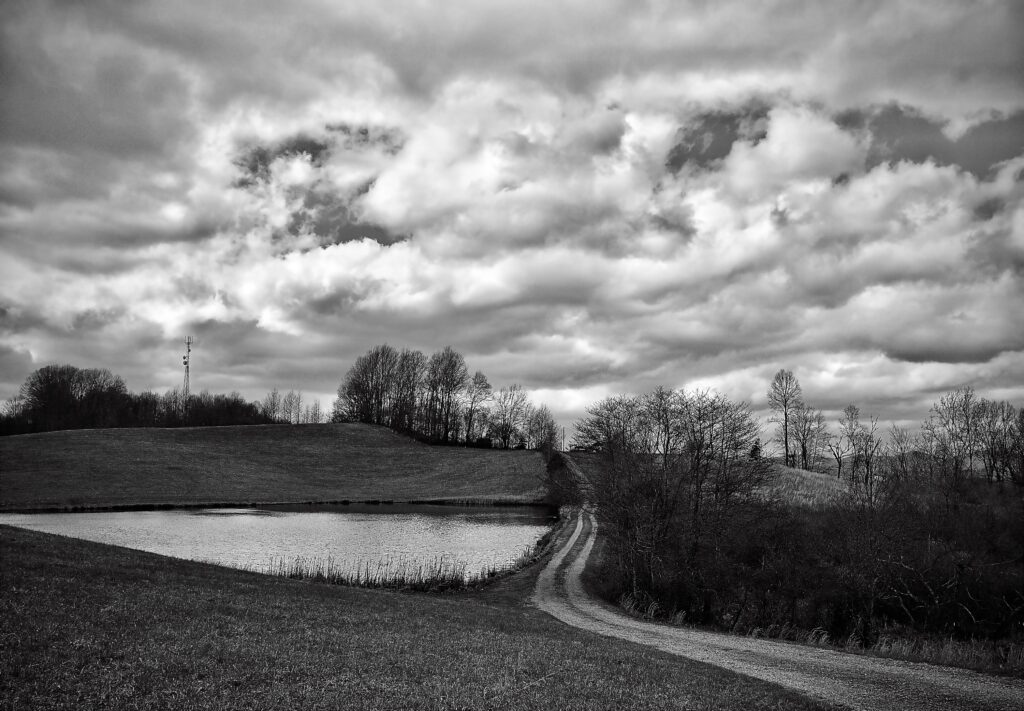
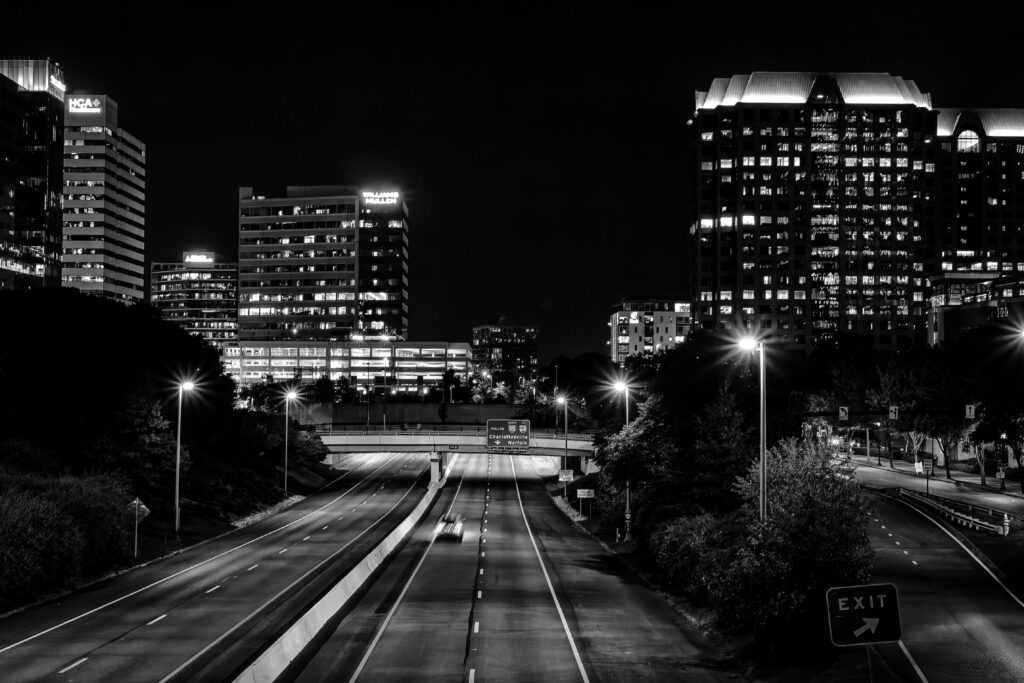
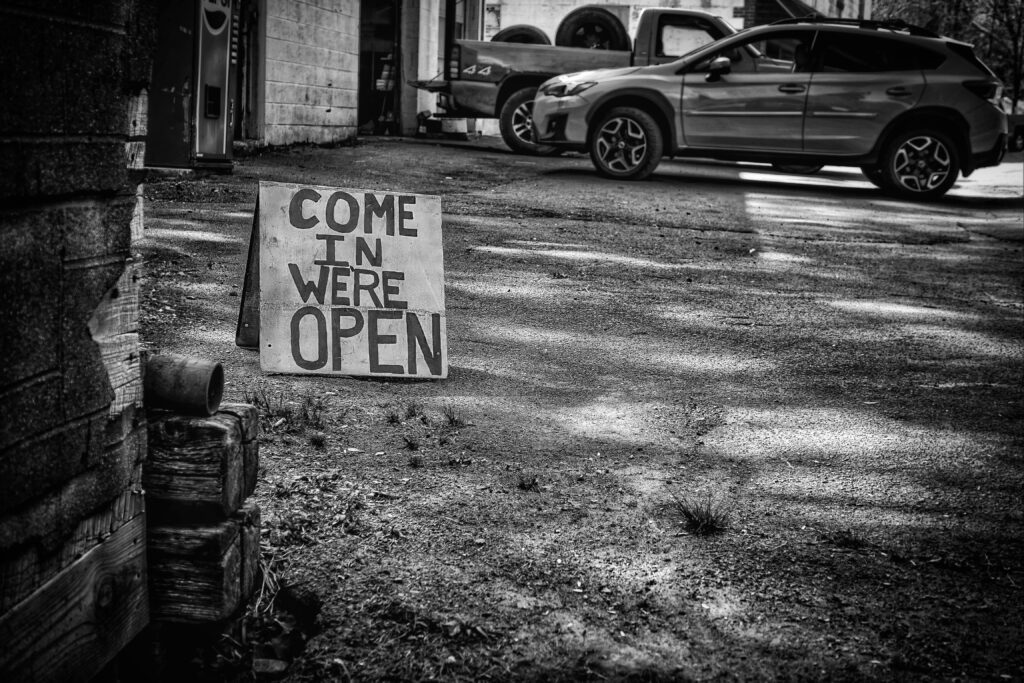
A load of money has left Appalachia due to extraction from our towns and mines—not much has made its way back in. Rural America deserves more.
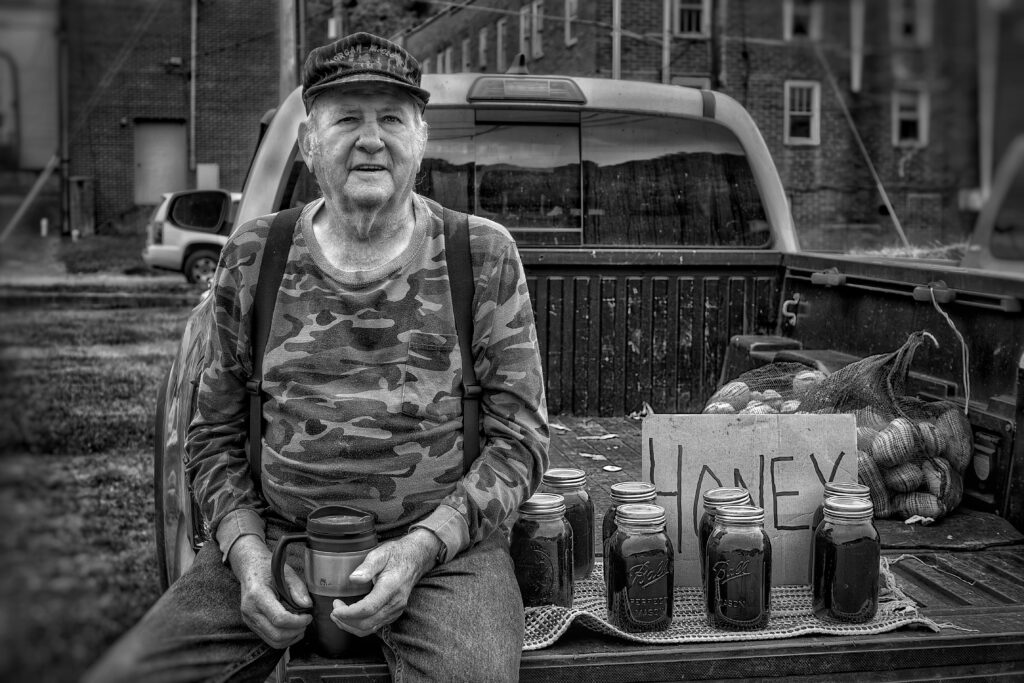
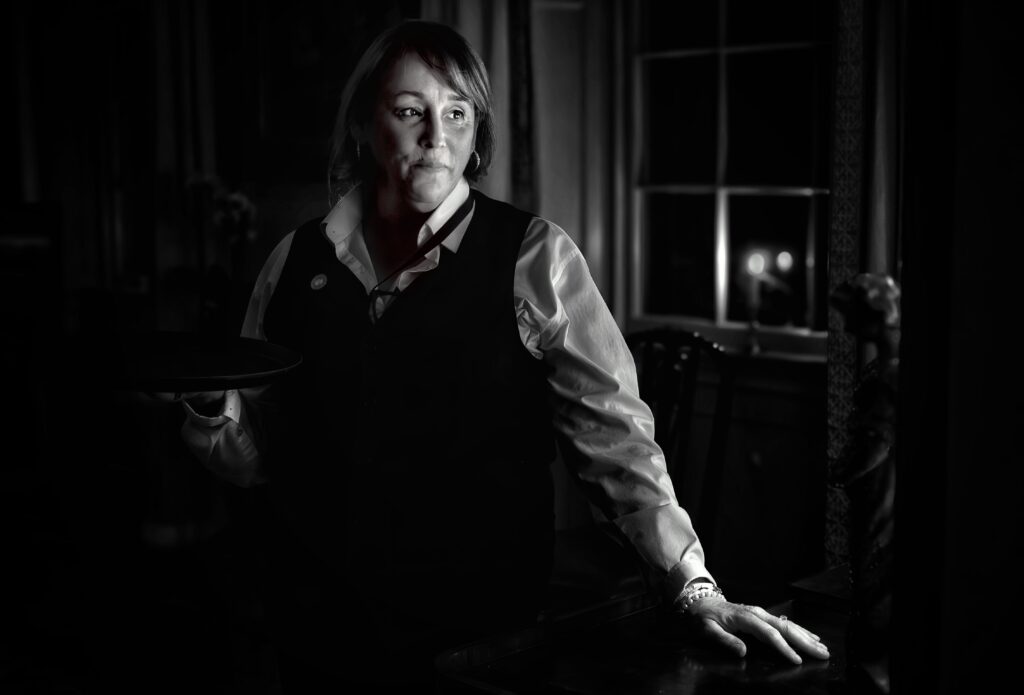
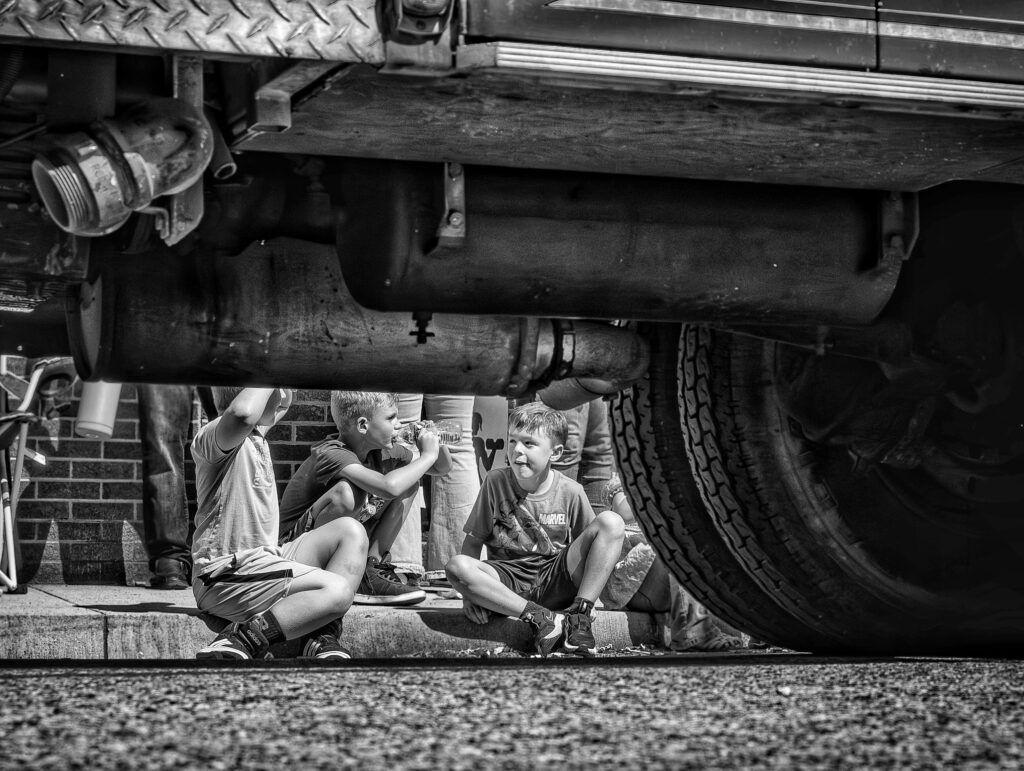
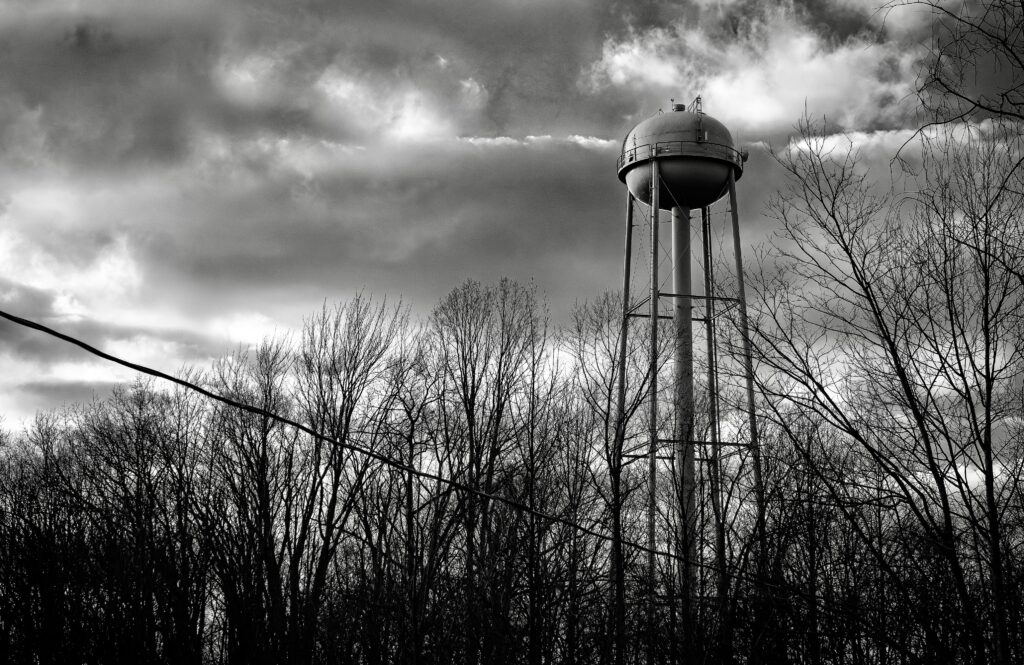 —
—
Anna Mullins is a friend of the Alliance for Appalachia and a member of Patchwork Kinfolx – an arts collective focusing on marginalized folx. Last Fall, Anna traveled to The Art Experience, an exhibit at the Executive Mansion in Richmond, VA. She went to support and represent her arts community from Southwest Virginia and Appalachia in the “People’s House.” Anna generously shared this essay that she wrote alongside the striking photos she took. The Alliance supported this trip with a little bit of funding because we value rural representation, Appalachian arts and culture, and we believe regular people should be in powerful places. See more of Anna’s work here.

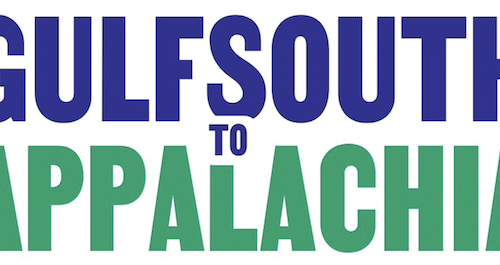
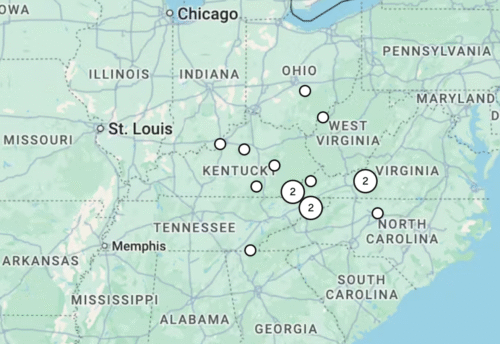

Leave a Reply